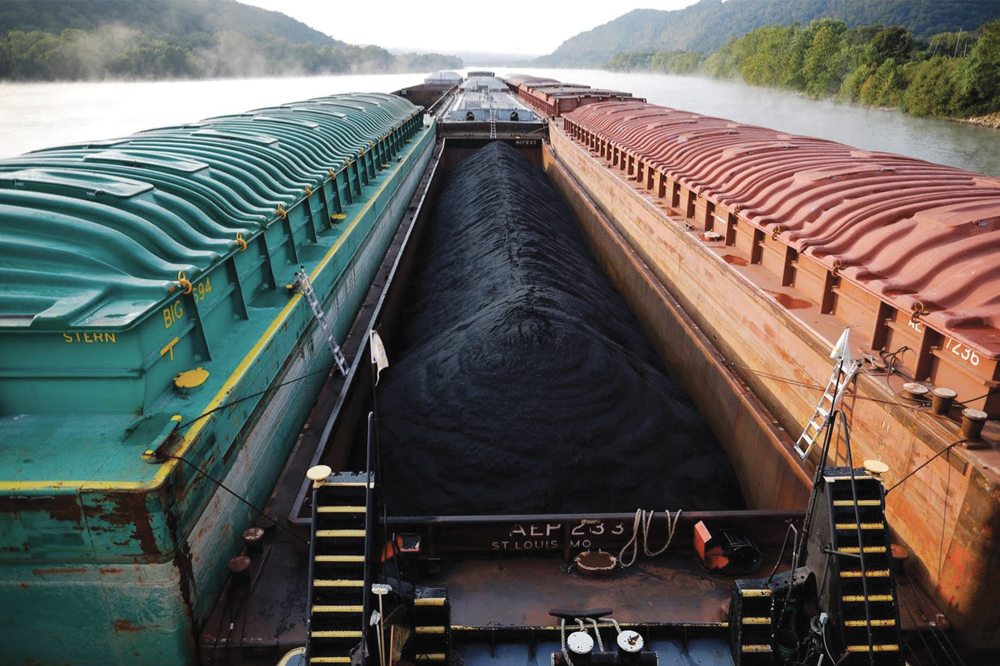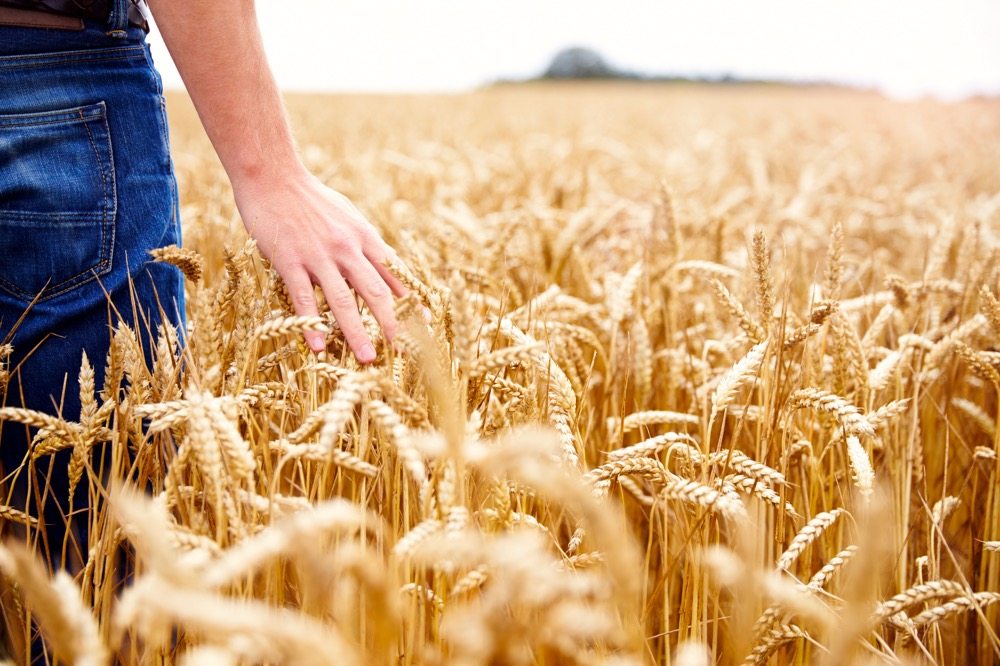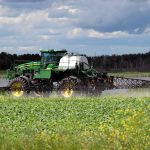Three of the past five falls have been wet enough to cause field equipment to create significant ruts across the fields. Growers are asking, “What is the carry-over effect of ruts on crop growth and yield?”
To find the answer, I performed GPS analysis on seven pairs of ruts and neighbouring non-rutted area in four fields near Clarkfield, Minn. Six of the fields were fall chisel plowed with a spring field cultivation and one field was fall disk ripped and spring field cultivated.
In the spring of 2010, the observation areas were flagged. Corn height, population and growth stage were tracked during the growing season. The plant population was not statistically different between rutted and non-rutted areas, but the non-rutted corn was 8.5 inches taller and was one growth stage ahead of the rutted corn (V10.4 versus V9.1).
Read Also

CUSMA access key among other trade noise: Seeds Canada panel
Seeds Canada conference panelists say Canada needs to stay focused and wait as U.S. trade and tariff chaos develops, and a Canada-U.S.-Mexico Agreement review looms
In the fall, the observation areas were hand harvested and final population, grain moisture and corn yield were determined. Final plant population and grain moisture were not affected by the rutted soil. However, yield was decreased 28 bushels an acre (159 versus 131) where the field had been rutted.
The rutted areas had a 17 per cent yield decrease that was fairly consistent across the seven sites. There was the same number of ears gathered (same population), but the differences in ear length, diameter and kernel fill were easy to see.
The rutted areas of the field will be followed for the next two years in order to determine how long a one-time rutting will affect crop growth and yield.
For more information for corn growers, visit the University of Minnesota Extension website at www.extension.umn.edu/corn.


















